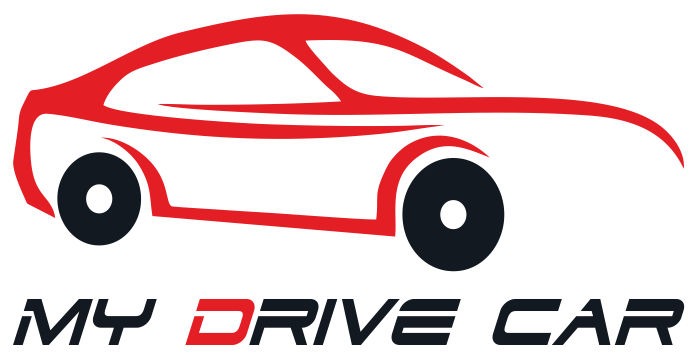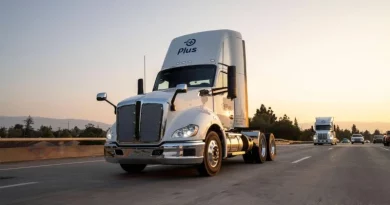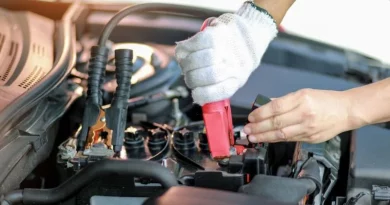The Intersection of Car Safety Features and Technology in Today’s Driving Landscape
The automotive industry has seen a dramatic transformation in recent years, especially in the realm of safety and technology. Modern cars are not just modes of transportation; they are equipped with advanced systems designed to protect and assist drivers. This article delves into the evolution of car safety features, the impact of technology on driving, and the balance between human vigilance and technological reliance.
The Evolution of Car Safety Features
Car safety has evolved significantly from the introduction of the seatbelt. Innovations like airbags, anti-lock braking systems (ABS), and electronic stability control (ESC) have drastically enhanced vehicle safety. In the 21st century, Advanced Driver Assistance Systems (ADAS) have introduced automatic emergency braking, adaptive cruise control, and lane departure warnings. These technologies, using sensors and cameras, help to detect and avoid potential hazards, thus reducing the likelihood of accidents. As cars become more sophisticated, it’s crucial for drivers to adapt to these technologies responsibly, ensuring they complement, rather than replace, attentive driving practices.
The Impact of Technology on Modern Driving
While technological advancements have made cars safer, they also introduce new complexities to driving. Features like navigation systems, infotainment units, and connectivity can distract drivers if not used judiciously. Backup cameras and lane-keeping assists are valuable, but they cannot replace the need for drivers to remain alert and aware of their surroundings. Technology is an aid, not a substitute for engaged driving. Drivers must find a balance between leveraging technology for safety and maintaining active control and awareness of their driving environment.
Understanding Advanced Driver Assistance Systems (ADAS)
ADAS technologies represent a breakthrough in automotive safety. Systems like forward collision warning, blind-spot monitoring, and lane departure warnings help prevent many common accident scenarios. However, these systems are not foolproof and have their limitations. For instance, they might not always detect stationary objects or unexpected scenarios, such as a phantom vehicle, prompting the need for constant driver vigilance. The key is to use these systems as a supplement to, not a replacement for, traditional driving skills and awareness.
Adapting to the Challenges of Autonomous Technology
The advent of autonomous technology in vehicles marks a significant shift in the landscape of driving. As cars become more capable of operating without human input, drivers face new challenges in adapting to these systems. Understanding how to interact with and rely on autonomous features is crucial. This technology ranges from partial automation, like parking assistance, to fully autonomous vehicles that can navigate without any human intervention. Drivers need to stay informed about the capabilities and limitations of their vehicle’s autonomous systems and remain prepared to take control when necessary. Trusting these systems too much can lead to complacency, which is dangerous, especially in transitional phases where human intervention may still be necessary. Educational initiatives and driver training programs are becoming increasingly important to equip drivers with the skills needed to coexist with autonomous vehicles.
The Role of Driver Education and Responsibility
With the advent of advanced vehicle technologies, driver education and responsibility are more crucial than ever. Drivers need to know their vehicle’s capabilities and limitations, including effectively using features like adaptive headlights and collision avoidance systems. Regular maintenance checks ensure safety systems function properly. Understanding and respecting the technology in modern vehicles while remaining an attentive and responsible driver is essential for road safety.
Navigating Insurance and Liability in the Age of Advanced Technology
In the era of advanced automotive technology, understanding insurance and liability takes on new dimensions. As vehicles incorporate more autonomous and safety features, the question of liability in the event of an accident becomes more complex. Traditional insurance models are based on the premise of human error being the primary cause of accidents. However, with systems like ADAS and autonomous driving technology, the liability may shift towards manufacturers or software developers in certain scenarios. Drivers need to be aware of how their insurance policies address accidents involving advanced technology. The insurance industry has an ongoing discussion about how policies should evolve to accommodate these changes. It’s also important for vehicle owners to stay informed about recalls and software updates that can affect the performance of safety systems in their cars. Continuous education and awareness about insurance coverage and liability will be crucial for drivers as technology advances.
The Future of Automotive Safety and Technology
The future of automotive safety is poised for further integration of technology. Autonomous vehicles and connected car technology are on the horizon, promising to revolutionize driving. However, as we progress towards these innovations, challenges like cybersecurity, ethical considerations, and the coexistence of human-driven and autonomous vehicles will need careful navigation. The ultimate goal is to reduce accidents and enhance safety for all road users, which will require collaboration among manufacturers, policymakers, and drivers.
The convergence of car safety features and technology has ushered in a new era in the automotive world. These advancements offer significant safety and convenience benefits but also demand a new level of understanding and responsibility from drivers. Balancing technological reliance with vigilant, engaged driving is key to safely navigating the modern driving landscape. As the industry continues to evolve, this synergy between technology and driver awareness will be crucial in shaping a safer future on the roads.




